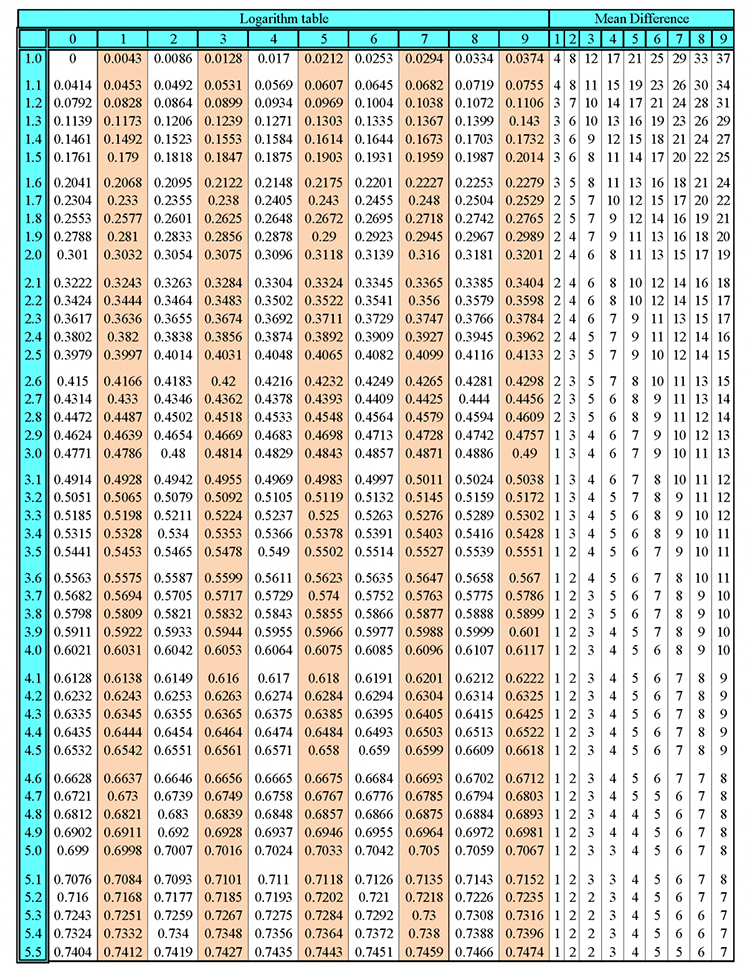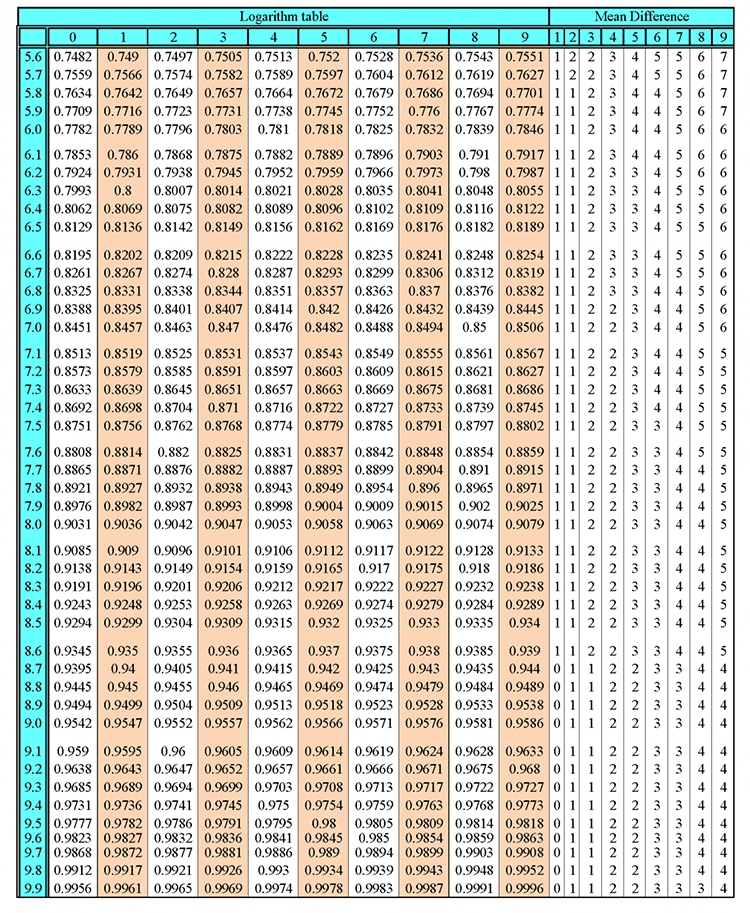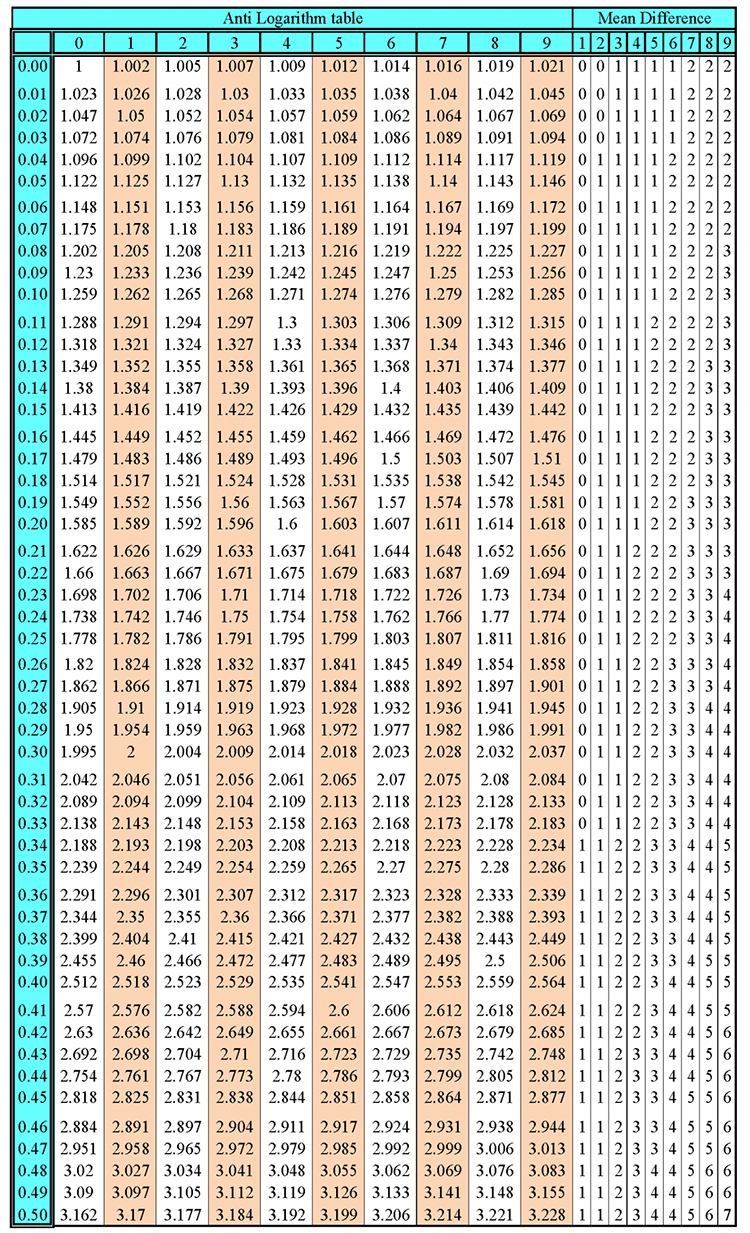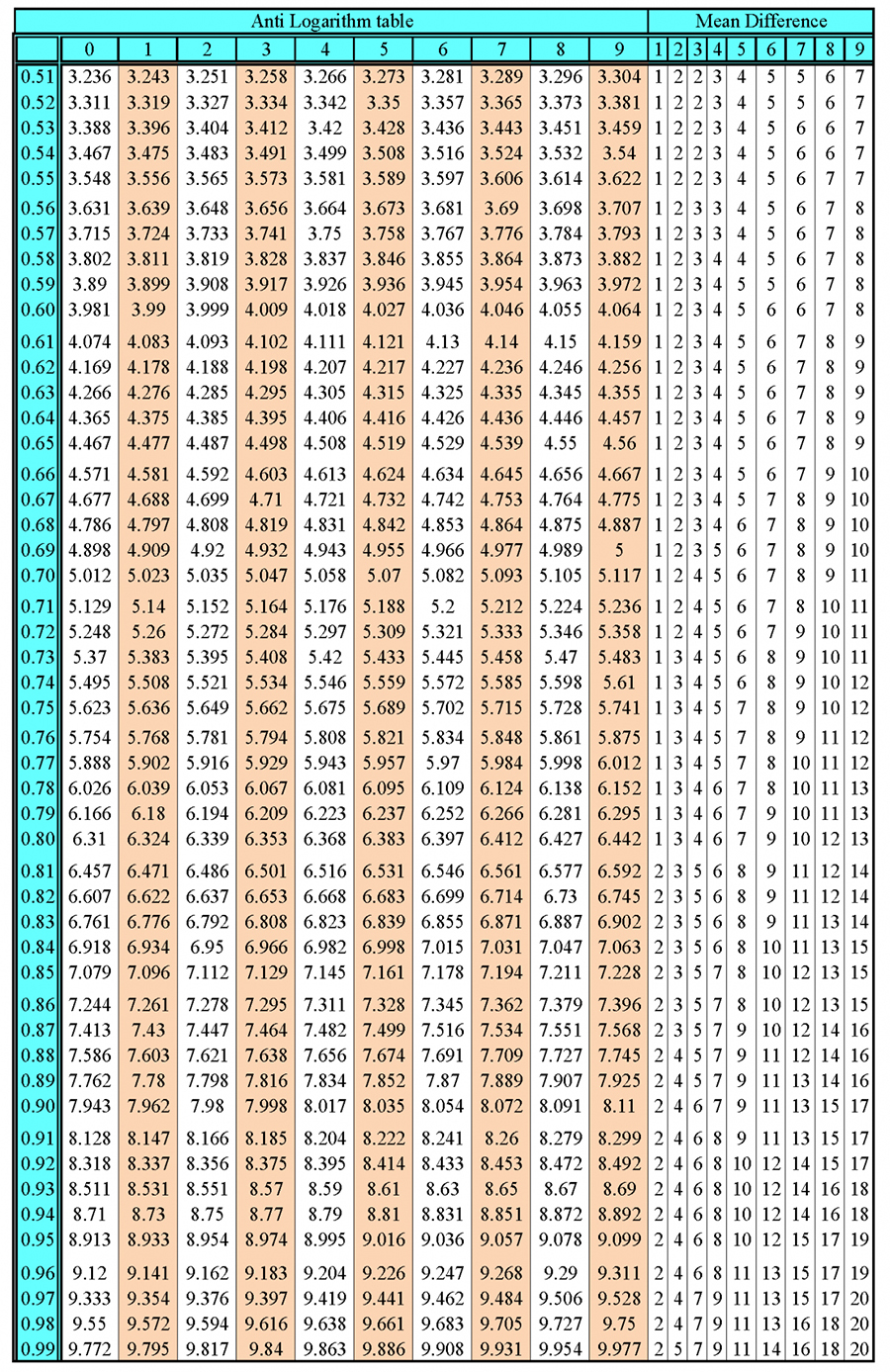Multiplying and dividing Negatives
In mathematics, there are rules for multiplying and dividing positive and negative numbers.
The rules are:
1 - When the signs are different the answer is negative
2 - When the signs are the same the answer is positive
Or another way of remembering this is:
My friend's friend is my friend (positive x positive = positive)
My friend's enemy is my enemy (positive x negative = negative)
My enemy's friend is my enemy (negative x positive = negative)
My enemy's enemy is my friend (negative x negative = positive)
The main issue to remember is:
A negative x negative is a positive – 2 wrongs make a right!
My enemy’s enemy is my friend
Examples
| `3times5` | `=` | `15` | (signs are the same so positive) | |
| `-3times5` | `=` | `-15` | (signs are different so negative) | |
| `3times(-5)` | `=` | `-15` | (signs are different so negative) | |
| `-3times(-5)` | `=` | `15` | (signs are the same so positive) |
| `6-:2` | `=` | `3` | (signs are the same so positive) | |
| `-6-:2` | `=` | `-3` | (signs are different so negative) | |
| `6-:(-2)` | `=` | `-3` | (signs are different so negative) | |
| `-6-:(-2)` | `=` | `3` | (signs are the same so positive) |
NOTE:
If there were three negatives in a row:
`-3times(-5)times(-5)`
Then you would complete one calculation first
`-3times(-5)=15`
And now relook at the equation
`15times(-5)`
You now complete this calculation
`15times(-5)=-75`
So `-3times(-5)times(-5)=-75`
How can a negative multiplied by a negative be a positive?
The following may help explain why:
Your mum says:
| Running total of cash available | ||||
| You got paid | `£100` | `£100` | ||
| Next you got paid | `£100` | `£200` | ||
| The following day you were paid | `£100` | `£300` | ||
| Then an electric bill came in for | `-£50` | `£250` | ||
| Then another electric bill came in for | `-£50` | `£200` | ||
| And the next day another electric bill came for | `-£50` | `£150` |
Then the electricity company wrote to you to say
they had made a terrible mistake and they shouldn’t
have sent the bills. So they need to take back the
bills as follows:
| Subtract `-3` lots of `-£50` | `£150` | `£300` |
Summary
`-3` lots of `-£50` is `+£150`
Because `-3times-£50=£150`
Two negatives make a positive.
There is another way of looking at this as follows:
Look at the following sequence:
| `2times5` | `=` | `10` |
| `1times5` | `=` | `5` |
| `0times5` | `=` | `0` |
| `-1times5` | `=` | `-5` |
| `-2times5` | `=` | `-10` |
| `-3times5` | `=` | `-15` |
Notice that the number on the left drops by one each time and the total on the right drops by 5 each time.
Now do the same but with a -5
| `2times(-5)` | `=` | `-10` |
| `1times(-5)` | `=` | `-5` |
| `0times(-5)` | `=` | `0` |
| `-1times(-5)` | `=` | `5` |
| `-2times(-5)` | `=` | `10` |
| `-3times(-5)` | `=` | `15` |
Notice that the number on the left drops by one each time and the total on the right climbs by 5 each time.
Two negatives have to make a positive.




